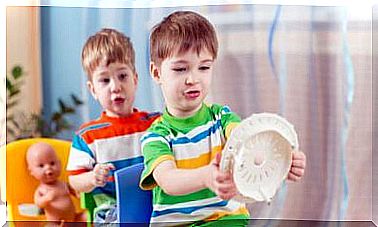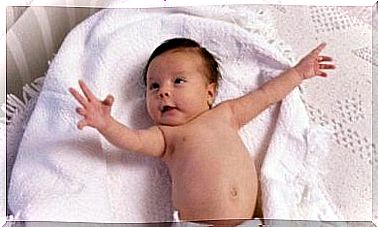How Does Laterality Develop In Children? – Being Parents
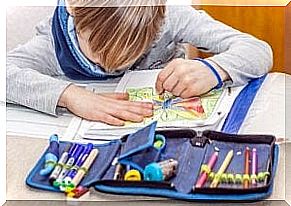
Laterality is the functional predominance of one side of the human body over the other, determined by the supremacy of one of the cerebral hemispheres. This concept refers to the brain’s ability to control both sides of the body. Laterality in children is consolidated at the age of 4 or 5 years.
To achieve complete neurological organization, the child must have hemispheric mastery in all functional areas. This means that the child not only has to use the same hand consistently, but also has to function the same with their eyes, ears and legs.
Each hemisphere of the brain controls different tasks and functions. Children develop manual skills through play and other activities by discovering what they can do with their hands.
Thus, toddlers begin to show the laterality of their hands in functional tasks. The reason is that one side of their brain gains control and allows the child to prefer the use of one hand over the other.
However, any laterality problem can affect learning processes in some areas. These problems can affect reading, hearing, mobility, language, and manual skills, especially writing.
How does laterality develop in children?
Laterality is consolidated at the school stage. Between the ages of 2 and 5, children use their hands to play and do a lot of other things. Therefore, once they reach school age, they should have reached laterality.
The truth is, the left and right hemispheres of the brain control motor action on opposite sides of the body. However, these two halves are not equal in their control over different types of behavior. This results in a preference of one hand over the other for certain tasks.
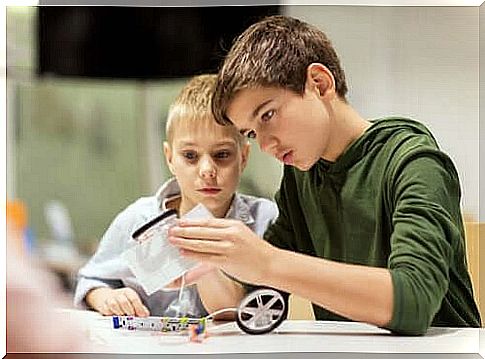
This domination of one hemisphere over the other for certain behaviors is called cerebral laterality. There are obvious reasons for the evolution of this characteristic.
First, having one hemisphere taking control of a process reduces the possibility of the two hemispheres competing with each other to control a response. It also allows different processes such as language and attention to work in parallel in both hemispheres.
As they begin to develop motor skills, children can use their left and right hands in the same way for simple gestures, such as grabbing objects. Indeed, both hands can perform the task with ease.
However, for most infants, the more complex tasks require the specialized processing properties of the left hemisphere of the brain.
How can we help children develop it?
The activities that contribute to the development of a favorite hand are those that stimulate and help mature brain pathways on both sides. It is important to note that many of these activities should focus more on the movements and actions of the whole body rather than just on the hands.
The movement of turning, rolling, falling, balancing and dancing stimulates the balance organs in the brain. These play an important role in telling the brain where the body is in space and what movements are needed for posture, response to stimuli, and action.
Children also need good balance and coordination to ensure healthy brain maturation and the development of their abilities. Be careful not to overdo it with this type of activity. Children do not all learn the same specific skills, so respect their abilities and reactions.
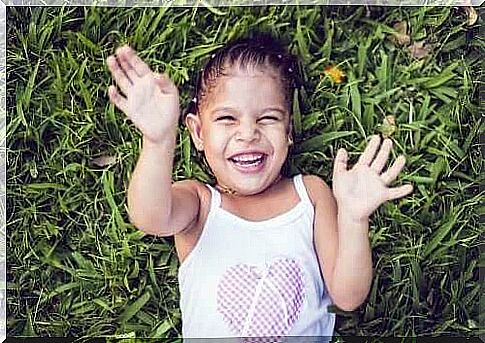
Laterality in children: left-handed or right-handed?
Laterality, in biological psychology, is the development of specialized functioning in each hemisphere of the brain or on the side of the body that each controls. The most obvious example of laterality is the use of the hand; we see it in the tendency to use one hand or the other to perform different activities.
It is common to classify people as right-handed, left-handed or ambidextrous. Individuals differ considerably in the range of activities for which they prefer a particular hand, as well as in the degree of disparity in skills between their two hands. It is likely that no one favors the right hand or the left hand exclusively.
Finally, laterality in children offers a new way to better understand the relationship between brain organization, brain functions and behavior. Do not be in a hurry to take the child through these stages; each stage provides young children with the experiences they need to move on to the next stage.
